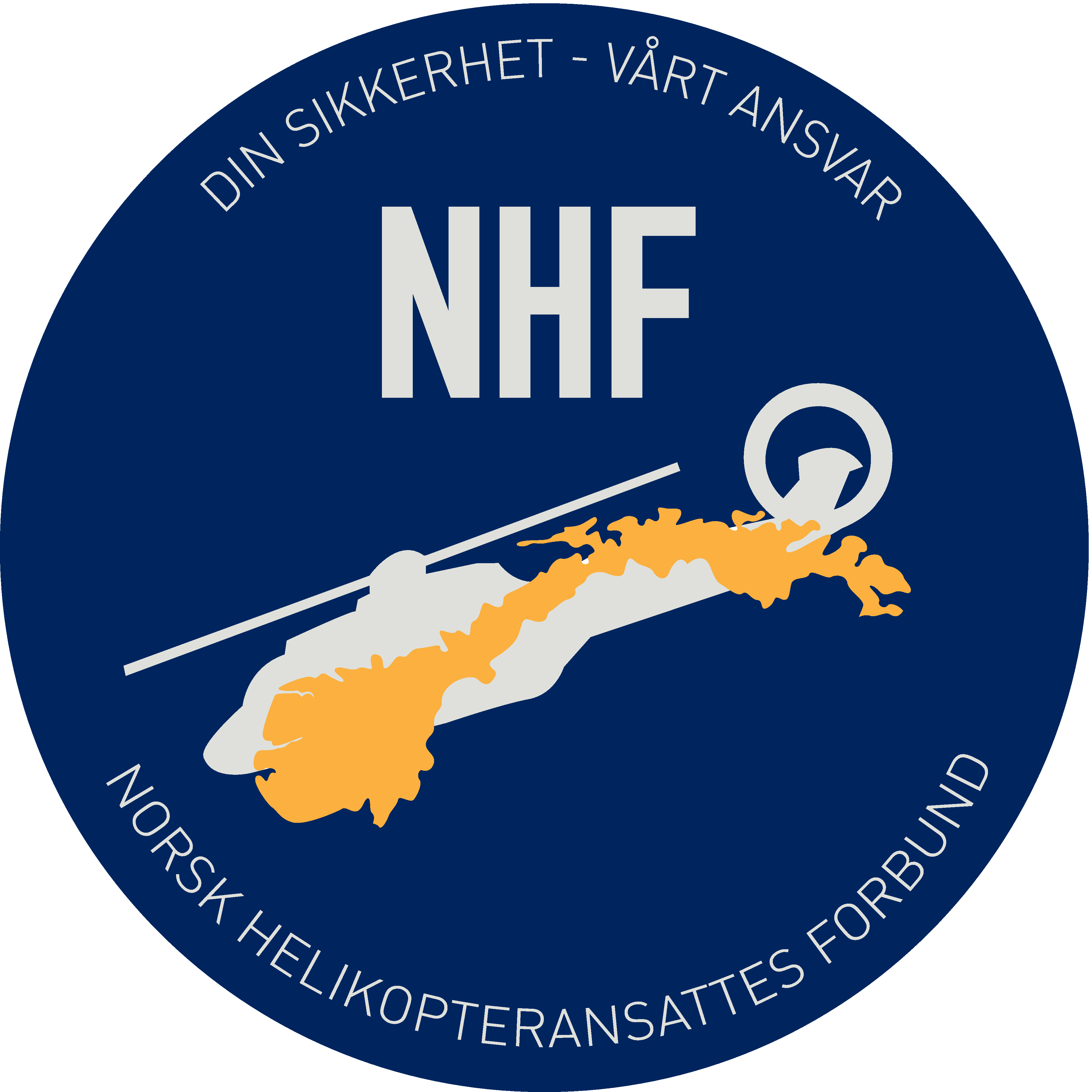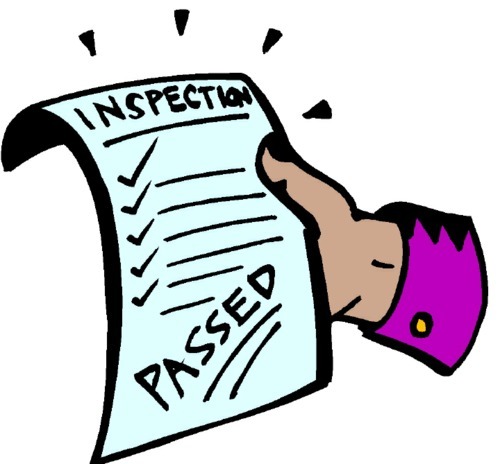Kontroll av arbeid ved utførelse av flysikkerhetskritiske oppgaver er svært viktig. EASA har derfor etablert regelverk for hvordan slik kontroll skal foregå.
NHF får med jevne mellomrom spørsmål fra våre medlemmer om utførelse og prosedyrer for independent inspection (dobbeltkontroll). Her henviser vi alltid til regelverket, og selskapets myndighetsgodkjente manualer. NHF mener at Independent Inspection er en av grunnsteinene og en ekstremt viktig sikkerhetsbarriere ved flyvedlikehold. Vi ønsker derfor å minne våre medlemmer på hvor viktig skikkelig utførelse av dette arbeidet er, og hvilke ansvar man har. Feil utførelse kan få fatale følger.
Ved diskusjoner om hvordan prosedyrene skal tolkes, bør dette tas opp internt, eventuelt med Luftfartstilsynets luftdyktighetsavdeling.
Men for å oppklare litt rundt hva regelverket sier om independent inspection kan man i korte trekk fastslå følgende:
Regelverket for independent inspection, finner man i EASA Part-145.A.48, og sier følgende:
(Part 145.A.48)
Performance of maintenance:
“The organisation shall establish procedures to ensure that:
(a) after completion of maintenance a general verification is carried out to ensure that the aircraft or component is clear of all tools, equipment and any extraneous parts or material, and that all access panels removed have been refitted;
(b) an error capturing method is implemented after the performance of any critical maintenance task;
c) the risk of multiple errors during maintenance and the risk of errors being repeated in identical maintenance tasks are minimised; and,
(d) damage is assessed and modifications and repairs are carried out using data specified in point M.A.304.”
1. Prosedyren:
Det betyr at selskapets prosedyre skal beskrive innhold for metodene som brukes, samt trening og kvalifikasjoner til personellet som utfører kontrollen. Dette skal dokumenteres hos selskapet, oftest i selskapets MOE.
(AMC 1 Part 145.A.48(b))
“The procedure should identify the error-capturing methods, the critical maintenance tasks, the training and qualification of staff applying error-capturing methods, and how the organisation ensures that its staff is familiar with critical maintenance tasks and error-capturing methods.”
2. Oppgavene og områdene:
Denne delen av regelverket beskriver hva som minimum skal sjekkes, og hvilke kilder som brukes for å identifisere områder som defineres som kritiske.
(AMC 2 Part 145.A.48(b))
“CRITICAL MAINTENANCE TASKS
(a) The procedure should ensure that the following maintenance tasks are reviewed to assess their impact on flight safety:
(1) tasks that may affect the control of the aircraft flight path and attitude, such as installation, rigging and adjustments of flight controls;
(2) aircraft stability control systems (autopilot, fuel transfer);
(3) tasks that may affect the propulsive force of the aircraft, including installation of aircraft engines, propellers and rotors; and
(4) overhaul, calibration or rigging of engines, propellers, transmissions and gearboxes.
(b) The procedure should describe which data sources are used to identify critical maintenance tasks. Several data sources may be used, such as:
(1) information from the design approval holder;
(2) accident reports;
(3) investigation and follow-up of incidents;
(4) occurrence reporting;
(5) flight data analysis;
(6) results of audits;
7) normal operations monitoring schemes; and
(8) feedback from training.”
3. Beskrivelse og utførelse:
(AMC 3 Part 145.A.48(b))
“ERROR-CAPTURING METHODS
(a) Error-capturing methods are those actions defined by the organisation to detect maintenance errors made when performing maintenance.
(b) The organisation should ensure that the error-capturing methods are adequate for the work and the disturbance of the system. A combination of several actions (visual inspection, operational check, functional test, rigging check) may be necessary in some cases.”
og videre;
(AMC 4 Part 145.A.48)
“INDEPENDENT INSPECTION
Independent inspection is one possible error-capturing method.
(a) What is an independent inspection
An independent inspection is an inspection performed by an ‘independent qualified person’ of a task carried out by an ‘authorised person’, taking into account that:
(1) the ‘authorised person’ is the person who performs the task or supervises the task and they assume the full responsibility for the completion of the task in accordance with the applicable maintenance data;
(2) the ‘independent qualified person’ is the person who performs the independent inspection and attests the satisfactory completion of the task and that no deficiencies have been found. The ‘independent qualified person’ does not issue a certificate of release to service, therefore they are not required to hold certification privileges;
(3) the ‘authorised person’ issues the certificate of release to service or signs off the completion of the task after the independent inspection has been carried out satisfactorily;
(4) the work card system used by the organisation should record the identification of both persons and the details of the independent inspection as necessary before he certificate of release to service or sign-off for the completion of the task is issued.
og videre;
(AMC 4 Part 145.A.48(b))
c) How to perform an independent inspection
An independent inspection should ensure correct assembly, locking and sense of operation. When inspecting control systems that have undergone maintenance, the independent qualified person should consider the following points independently:
(1) all those parts of the system that have actually been disconnected or disturbed should be inspected for correct assembly and locking;
(2) the system as a whole should be inspected for full and free movement over the complete range;
(3) cables should be tensioned correctly with adequate clearance at secondary stops;
(4) the operation of the control system as a whole should be observed to ensure that the controls are operating in the correct sense;
(5) if different control systems are interconnected so that they affect each other, all the interactions should be checked through the full range of the applicable controls; and
(6) software that is part of the critical maintenance task should be checked, for example: version, compatibility with aircraft configuration.”
4. Kvalifikasjoner og autorisasjoner
(AMC4 145.A.48(b))
“(b) Qualifications of persons performing independent inspections
The organisation should have procedures to demonstrate that the ‘independent qualified person’ has been trained and has gained experience in the specific inspection to be performed. The organisation could consider making use of, for example:
(1) staff holding a certifying staff or support staff or sign-off authorisation or equivalent necessary to release or sign off the critical maintenance task;
(2) staff holding a certifying staff or support staff or sign-off authorisation or equivalent necessary to release or sign off similar task in a product of similar category and having received specific practical training in the task to be inspected; or
3) a commander holding a limited certification authorisation in accordance with 145.A.30(j)(4) and having received adequate practical training and having enough experience in the specific task to be inspected and on how to perform independent inspection.”
og videre;
(GM 145.A.48)
“AUTHORISED PERSON
An ‘authorised person’ is a person formally authorised by the maintenance organisation to perform or supervise a maintenance task. An ‘authorised person’ is not necessarily ‘certifying staff’.
SIGN-OFF
A ‘sign-off’ is a statement issued by the ‘authorised person’ which indicates that the task or group of tasks has been correctly performed. A ‘sign-off’ relates to one step in the maintenance process and is, therefore, different to a certificate of release to service.”
I neste utgave av Safety vil du kunne lese om regelverk som må følges om man skal utføre independent inspection når man er alene; Reinspection


